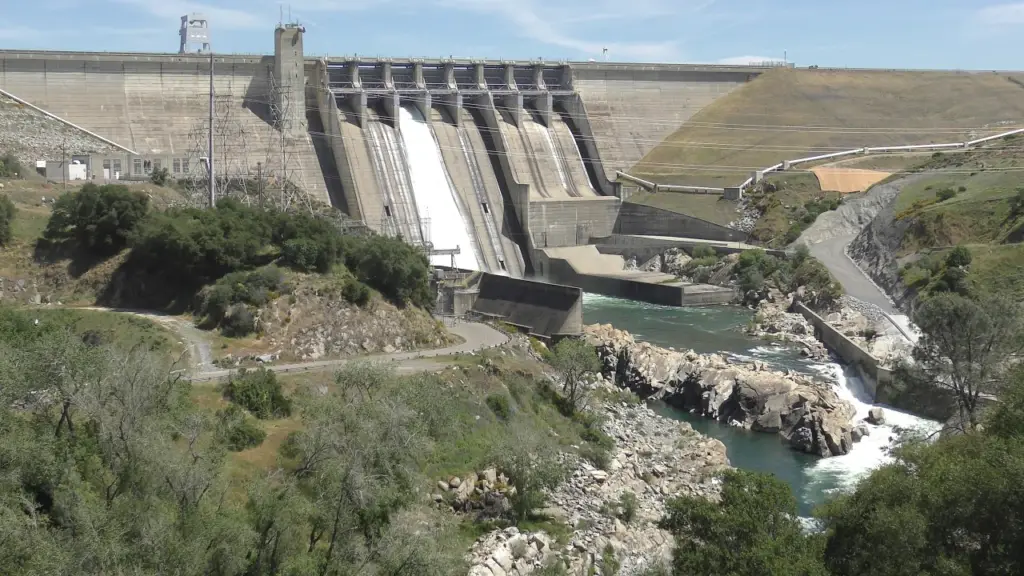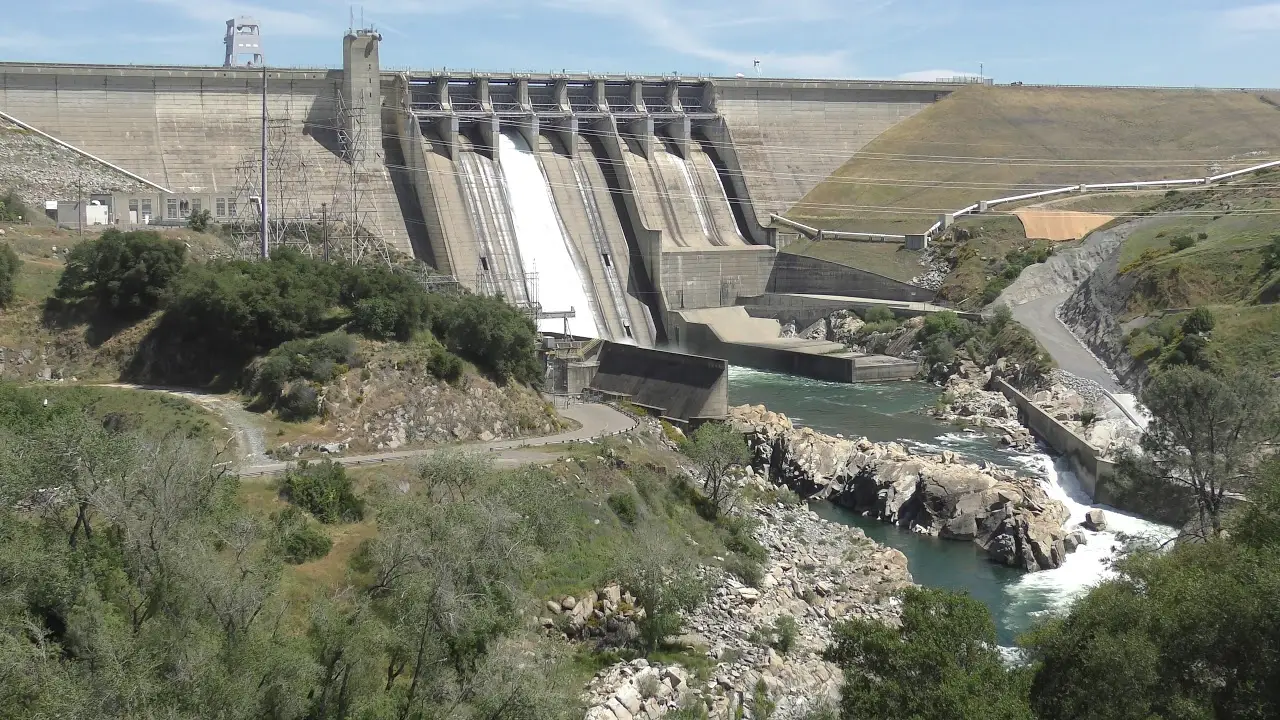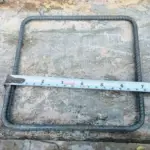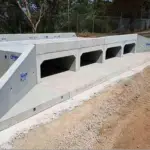Under sluices, also known as spillway gates, are an important component of dams and barrages. Their main function is to control the flow of water through the dam or barrage, ensuring that the structure remains safe and stable.
Function of under sluices
When a dam or barrage is in operation, the water level behind the structure can rise due to heavy rainfall or snowmelt. If the water level becomes too high, it can put the dam or barrage at risk of failure. To prevent this, under sluices are used to release water from the reservoir in a controlled manner.
Also Read: Roof Hail Damage – Repair and Replacement

- Water Level Control: The primary function of under sluices in a dam is to control the water level in the reservoir behind the dam. The under sluices allow for the release of water from the reservoir in order to regulate the water level and prevent it from becoming too high.
- Flood Control: Under sluices can also be used to release water from the reservoir during periods of heavy rainfall or high water levels in order to prevent flooding downstream.
- Irrigation: The water released from the under sluices in a dam can be used for irrigation purposes, providing a source of water for agricultural production.
- Hydroelectric Power Generation: The release of water from the under sluices can also be used to generate hydroelectric power, by using the energy of falling water to generate electricity.
- Maintenance of Dam Structure: The under sluices also play an important role in maintaining the stability of the dam structure, by releasing water from the reservoir during periods of high water levels, which can help to reduce the stress on the structure and prevent damage to the dam.
Design Considerations
The design of under sluices is critical to their function.
They must be able to withstand the force of the water, as well as the erosion and corrosion that can occur over time.
Engineers must take into consideration the type of soil and rock on which the dam or barrage is built, as well as the size and shape of the reservoir.
Size & No. of gates: One of the main design considerations for under sluices is the size and number of gates. The more gates that are used, the greater the control over the flow of water. However, larger gates can be more expensive to construct and maintain. Engineers must also consider the type of gate to use. Radial gates, for example, are more efficient at controlling the flow of water, but they can be more difficult to operate and maintain.
Location: Another important consideration is the location of the under sluices. They should be placed in a location that is easily accessible for maintenance and operation.
This can include access roads, crane pads, and other facilities.
Like Us on Facebook!
The under sluices should also be placed in a location that is safe for workers, as well as the public.
Subscribe Us on YouTube!
In addition to the structural design, engineers must also consider the hydraulic design of the under sluices.
This includes the flow rate, velocity, and turbulence of the water, as well as the pressure and forces acting on the gates. The hydraulic design must also take into account the potential for scouring and erosion, which can occur when water flows over the spillway.
Engineers must ensure that the under sluices are designed to minimize erosion and scouring, and that they are able to withstand the forces of the water without causing damage to the structure.
In order to ensure the safety and stability of the dam or barrage, regular inspections and maintenance of the under sluices is essential. This includes regular checks of the gates and the surrounding area, as well as repairs and replacements as needed.
Also Read: What Is The Difference Between A Barrage And A Dam
Undersluice in Barrage
In a barrage, the under sluices play an important role in controlling the water level in the reservoir behind the barrage. The under sluices are openings located at the base of the barrage, which allow for the release of water from the reservoir. This helps to regulate the water level in the reservoir and prevent it from becoming too high.
The under sluices are controlled by gates, which can be opened or closed as needed to release the appropriate amount of water. The water released from the under sluices can be used for irrigation, hydroelectric power generation, and flood control.
In addition to controlling the water level, the under sluices also play an important role in maintaining the stability of the barrage. The under sluices allow for the release of water from the reservoir during periods of high water levels, which can help to reduce the stress on the structure and prevent damage to the barrage.
Overall, the under sluices in a barrage are an essential component of the structure that help to ensure the safe and efficient operation of the barrage, by controlling the water level and maintaining the stability of the structure.
My visit and Observation about undersluices
As a civil engineer from India, I recently had the opportunity to visit the Sardar Sarovar Dam on the Narmada River in Gujarat. This dam is one of the largest in India, and it is a gravity dam that is used for irrigation, hydroelectric power generation, and flood control.
During my visit, I observed that the dam has been equipped with a system of under sluices. These are openings located at the base of the dam, which allow for the release of water from the reservoir. This helps to regulate the water level in the reservoir and prevent it from becoming too high. The under sluices are controlled by gates, which can be opened or closed as needed to release the appropriate amount of water.
In Sardar Sarovar Dam, there are total of 30 numbers of under sluices, 15 on each side of the dam. These under sluices are used for the purpose of releasing excess water from the dam during the monsoon season and also for the release of water for irrigation and power generation purposes. The under sluices have been designed with the use of Radial Gates, which are radial in shape and are operated by hydraulic power.





















